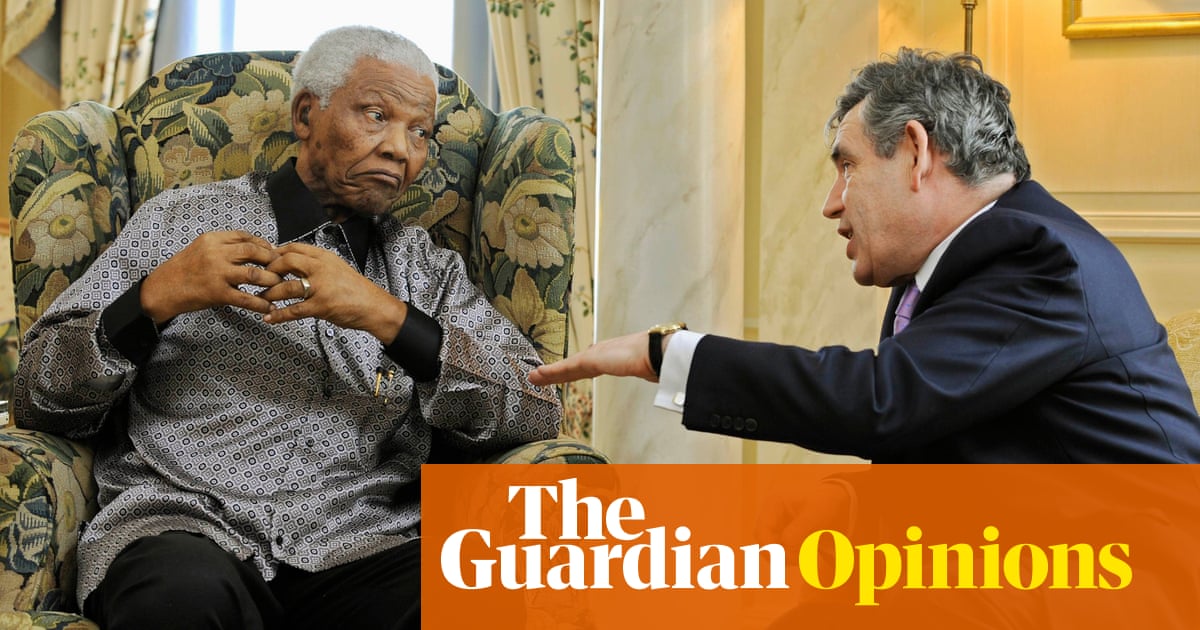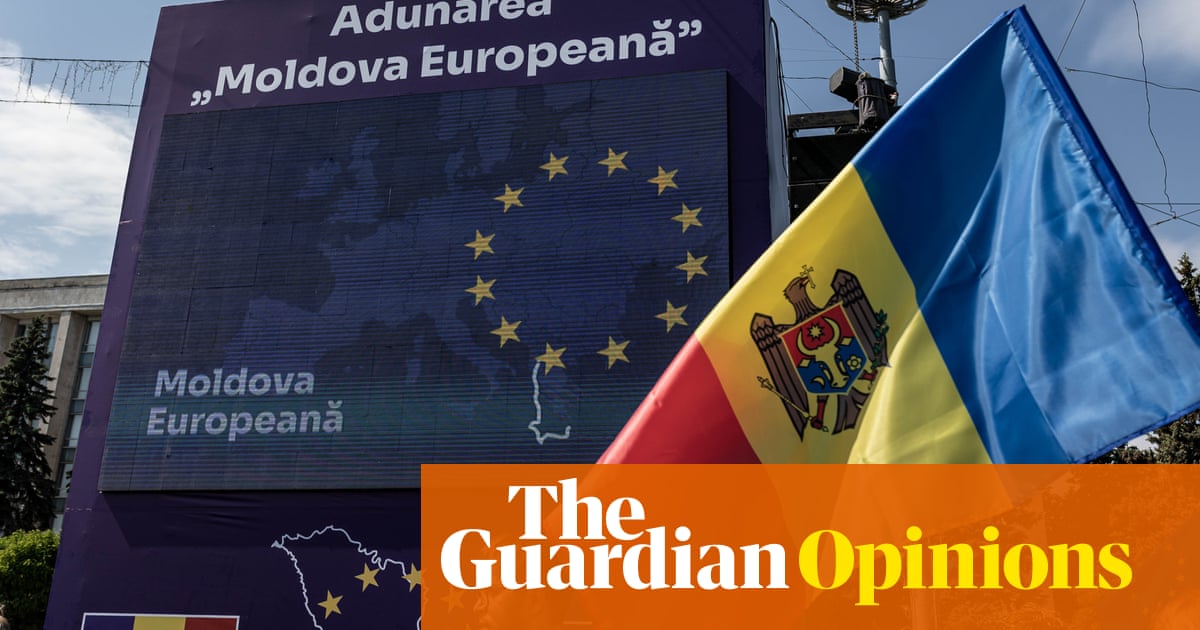
Astory is told about a British ambassador and his fellow diplomats at the UN who were asked of their hopes for the festive season. “A box of the finest handmade chocolates,” the British official replied, only to find to his embarrassment that other countries’ ambassadors had listed “Peace on Earth”, “Stability” and “An end to world poverty”.
At this time of year, facing a troubled and fractured world, our hopes cannot reflect only personal wishes. They have to be focused on solving the monumental crises paralysing our planet – the interminable Russia-Ukraine war, the carnage in the Middle East, and rising poverty and inequality at home and abroad.
Of course, seeking hope amid the despair that haunts Kyiv, Gaza and the Israeli survivors of the Hamas terrorist attack may seem a futile exercise. But I am reminded of a painting whose facsimile briefly adorned the wall of Nelson Mandela’s prison cell on Robben Island. Titled “Hope”, and painted by Frederick Watts, the first sight of it suggests its title should be “Despair”, for it depicts a blindfolded young girl trying to play a harp on which almost every string is broken. But, as Mandela explained to me, there was no contradiction: even when facing what seem like hopeless situations, you have to retain hope. Which is what he exemplified: despite 27 years in prison, during which he suffered from TB, faced the threat of execution and watched friends being hanged, he never lost hope that he and his country would one day be free.
And there are flickers of hope at home amid the despair in communities ministers will fly over but never deign to visit, and despite the desperation in the eyes of people they will never see. I find hope in the recent coming together of UK charities and corporates to feed the hungry, shelter the homeless and aid the poor. There are spaces we reserve for the three sectors that are understood to comprise our society – markets, government and communities. But today, in the face of the kind of abject and rising poverty that I thought I’d never see again, a fourth sector has started to emerge: of businesses and charities working together to create what we are calling the multibank in recognition of a simple truth – that companies have surplus goods people need (food, clothing, bedding, toiletries and furnishings) and charities know the people who need them.
So with companies aware that groups of consumers cannot currently afford their goods, and with charities ready to work in partnership to prevent urgently needed goods being wasted or destroyed, this new multi-coalition of compassion is helping create a chain of hope connecting the richest corporates who can afford to be generous to the most hard-pressed of families who have nothing.
What I glean from this new development – and from wider history – is that even in the least propitious of circumstances, hope can come alive when and where there is inspired leadership. Vision without action is, of course, mere daydreaming, and action without vision is the stuff of which nightmares are made. But vision combined with action can change history. Think of John Kennedy’s peace speech in June 1963, which moved America and Russia on from the Cuban missile crisis and within three months had inspired the first nuclear test ban treaty. Think, too, of the unlikely chemistry between Ronald Reagan and Mikhail Gorbachev, who bonded when Reagan asked the Soviet leader if he would come to the aid of the US if it were threatened by an asteroid from space. Their talks brought the biggest reduction of nuclear weapons in history.
Think, too, of the environmental breakthroughs in the 1980s, when far-sighted Russian and American scientists came together and finally addressed the hole in the ozone layer. Environmental activism led to the 2015 Paris climate accord, a pact achieved at a time when protectionism was the order of the day. I recall 2008 when, during the biggest financial crisis since the 1930s, China and India were prepared to join in a solution, and the 20 richest countries, now known as the G20, underpinned the world economy with $1tn, the biggest international rescue package in history. None of these advances could have happened unless leaders, recognising the gravity of the crisis, were prepared to rally to a common cause.
These turning points give me reason to hope. We know the terms of a Middle East peace deal that would give us a two-state solution. I was involved in detailed negotiations in 2008 and 2009, when the then Israeli prime minister Ehud Olmert, and the then Saudi Arabian King Abdullah, were looking at the redrawn maps of settlements and the financial and security arrangements that would shape a lasting peace. Now the whole world – the west, the Arab world and the Brics bloc – needs to work together, and if they isolate the two biggest forces standing in the way of a two-state solution – Hamas and the Israeli far right – and build on the recently acquired willingness on the part of most Middle East states to recognise Israel, good in 2024 might come out of the evil we have witnessed in 2023.
Ukraine – now firing only one missile for every four Russian forces detonate against it – should have the resources to stand up to a Russia that must learn it will only re-enter the international community if it gives up on its attempt to subjugate a sovereign state. We know how to avert climate catastrophe, but the wealthiest oil-producing states who have gained trillions in windfall profits should be persuaded to take the first steps to funding the mitigation and adaptation desperately needed in the global south.
And we also know what needs to be done to end poverty and illiteracy and fight disease, and that the richest countries need to step up to share the burden. As Mandela told us, the impossible is only impossible until we make it possible.
Gordon Brown was UK prime minister from 2007 to 2010












